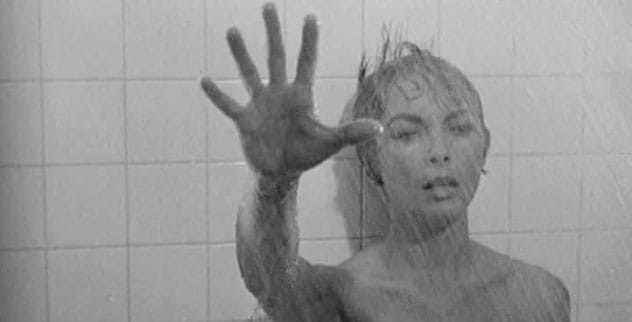Alfred Hitchcock’s Psycho, released in 1960, terrified audiences worldwide and cemented its place as one of the greatest horror films ever made. Based on Robert Bloch’s novel, the movie’s production is filled with intriguing stories. Here are ten of the most fascinating facts about Psycho.
1. Inspired by William Castle’s Gimmicks
Believe it or not, Psycho was partly inspired by the low-budget, gimmick-heavy films of William Castle. Hitchcock wanted to see if a respected director could make an inexpensive film that would still succeed at the box office. He deliberately kept costs down by filming in black and white (claiming color would be too gory) and using his television crew from Alfred Hitchcock Presents.
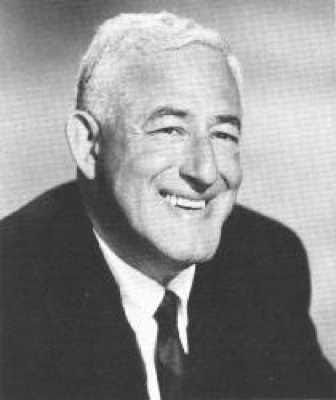
2. A Close Cousin to Les Diaboliques
Hitchcock desperately wanted the rights to the French novel Celle qui n’était plus in 1955, but director Henri-Georges Clouzot beat him to it by hours, turning it into Les Diaboliques. Many believe Psycho is Hitchcock’s unofficial version, as the two films share similarities. The idea for Psycho also arose after plans for a film starring Audrey Hepburn, called No Bail for the Judge, fell through.
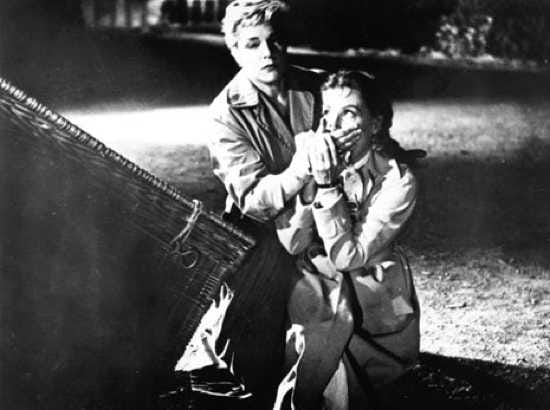
3. The Iconic Shower Scene’s Secrets
The shower scene, famous for its “Screaming Violins” score by Bernard Herrmann, is shrouded in myths. Despite rumors of ice-cold water to enhance Janet Leigh’s screams, the production ensured the water was warm during the seven-day shoot. Hitchcock initially wanted silence during the scene, but Herrmann composed the score anyway, which Hitchcock thankfully approved. The final scene contains 70 cuts in just 45 seconds.

4. Based on the Horrors of Ed Gein
Only trace elements of serial killer Ed Gein’s story influenced Norman Bates; otherwise, Psycho would have been much darker. Bates mirrors Gein, one of history’s most infamous psychopaths, with elements of his psychological attachment to his mother. However, the film omitted Gein’s stealing corpses, decorating his house with body parts, and creating a suit made of skin. Gein later inspired the character Jame Gumb in The Silence of the Lambs.
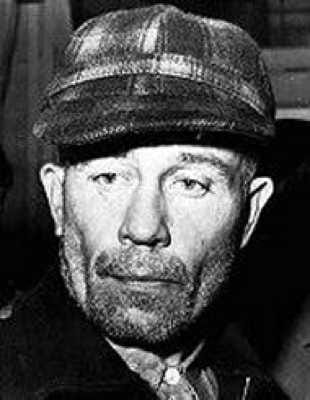
5. The City of the Dead Coincidence
Released in the same year, City of the Dead (also known as Horror Hotel) shares eerie similarities with Psycho. Both films begin with a young blonde woman who checks into a secluded hotel/motel and is subsequently stabbed to death. Despite these similarities, the impact differed because Janet Leigh was a major star, heightening the shock of her character’s demise.
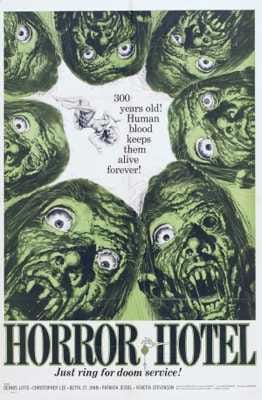
6. Saul Bass’s Controversial Contributions
Saul Bass, who designed the title sequence, was given a larger role in Psycho. Hitchcock allowed him to storyboard Det. Arbogast’s death scene, crediting him as a “pictorial consultant.” However, Hitchcock felt Bass’s ideas for the sequence created inevitable murder expectations. Years later, Bass claimed he also storyboarded and directed the shower scene, a claim disputed by many, including Janet Leigh.
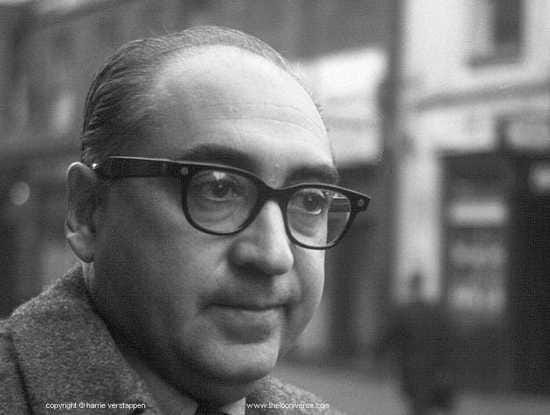
7. Casting Choices and Controversies
Anthony Perkins’s casting faced protest from Paramount due to his youth and unfamiliarity. Janet Leigh was cast to bring star power to the film. Vera Miles joined the cast after dropping out of Hitchcock’s earlier film, Vertigo, due to pregnancy. Hitchcock disapproved of John Gavin’s performance, deeming it “stiff.” As usual, Hitchcock gave his daughter Patricia a small role.
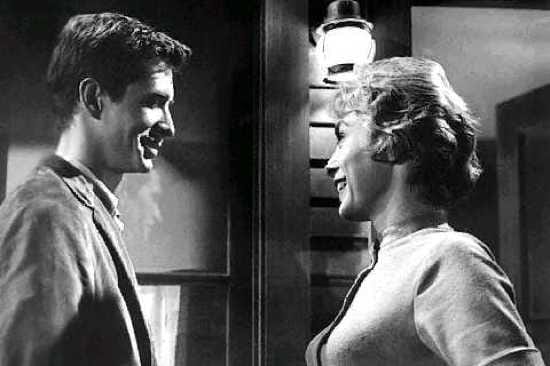
8. Book vs. Film: Norma Bates’s Transformation
In the novel, Norma Bates was fat, stubby, and unlikeable. Hitchcock believed the best villains should be nice and attractive. Other differences include Norman’s murderous behavior being attributed to blackouts from heavy drinking in the book, rather than psycho-physical damage. Additionally, Mary Crane’s name was changed to Marion, the action moved from Fort Worth, Texas, to Phoenix, Arizona, and Marion’s head was severed in the shower in the book.
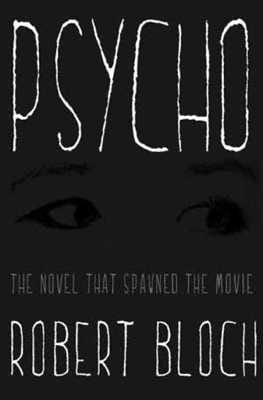
9. A Groundbreaking Toilet Flush
Audiences were shocked to see a toilet flushing, making Psycho the first film to show such an act. The toilet was flushing paper, a detail that was considered filthy at the time. Despite this, two cartoons from the 1930s had already depicted toilets flushing in clear view.

10. Hitchcock’s Gimmicks for Awareness
To ensure Psycho felt like a true low-budget film, Hitchcock implemented gimmicks to raise awareness. The most famous was refusing admission after the film started. This forced audiences to watch the film from the beginning, a rare practice. Cinemas displayed life-size cut-outs of Hitchcock pointing to his watch, emphasizing the need to see Psycho from the start.
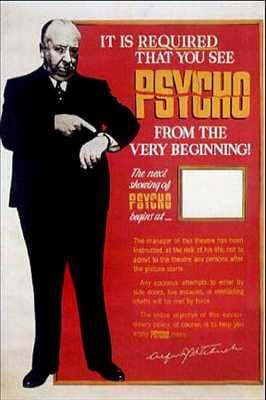
In Conclusion
Psycho remains a cinematic masterpiece, filled with unexpected twists and behind-the-scenes secrets. From its budget-friendly production to its shocking content, Hitchcock’s thriller continues to fascinate and terrify audiences.
What’s your favorite fact about Psycho? Leave your comment below!


